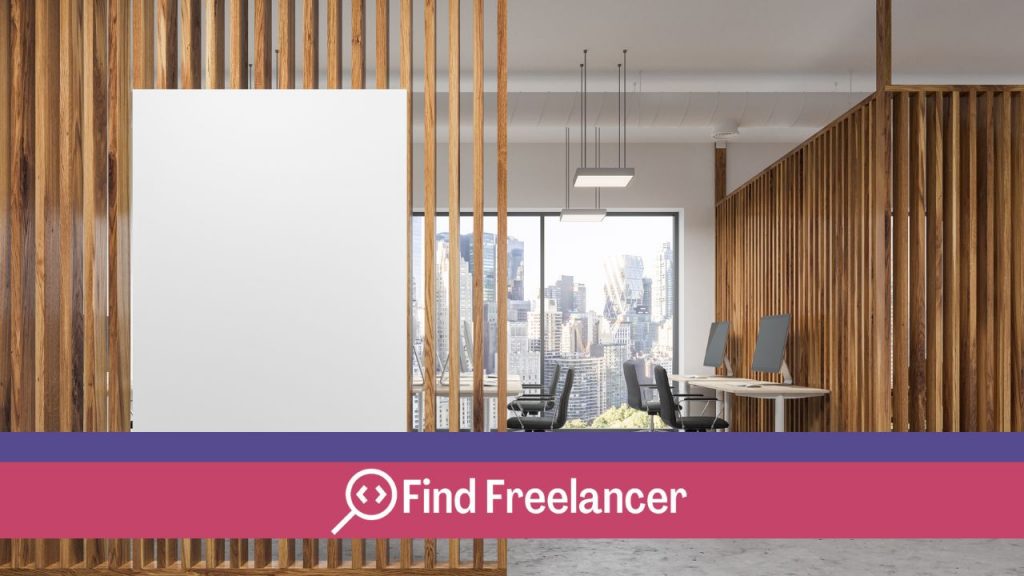Creating a captivating poster is essential to grabbing your target audience’s attention. Whether for an event, promotion or campaign, a well-designed poster can make all the difference. In this article, we’ll explore the key elements of a successful poster, from choosing colors and fonts to the strategic placement of graphic elements. You’ll also learn how to optimize readability and visual impact, as well as common mistakes to avoid. Get ready to turn your ideas into eye-catching, effective posters!
Choosing format and medium
When creating a poster, two key elements must be carefully selected: the size of the poster and the type of support. These choices will have a significant impact on how your message is perceived by your target audience.
Poster size
The size of your poster is crucial to ensure its visibility and effectiveness. Choose a size based on where the poster will be placed and how far away it will be read by your target audience. Standard sizes such as A4, A3, A2, A1 offer a variety of options to suit different needs. Opt for a vertical or horizontal format depending on the content of your poster and the visual impact you want to create.
Media type
The choice of medium for your poster depends on the environment where it’ll be used. Printed posters are ideal for events, promotions and physical advertising campaigns. Be sure to select a quality paper suitable for the necessary durability and color rendition. For digital campaigns, favor formats optimized for social networks, websites and emails, taking into account the various devices and platforms used by your target audience.
Key elements of a successful poster
These elements are :
Graphic design
Graphic design is essential for captivating your audience and effectively conveying your message. Choose an attractive yet harmonious color palette, using contrasts to draw attention to key elements. Select legible typography that matches the tone of your message. Images and graphics should be relevant and of high quality, supporting the poster’s content without overloading it.
Content
The content of your poster should be clear, concise and captivating. Make sure the message is easily understood in a matter of seconds. Include a compelling call to action that encourages the viewer to act immediately. Avoid jargon and use simple, direct language. Organize content in a hierarchical fashion so that the most important information is easily visible. Simplicity is often the key to an effective poster.
Design techniques
These techniques are :
Visual hierarchy
Visual hierarchy guides the viewer’s eye through the poster, highlighting the most important elements. Use varied font sizes, contrasting colors and spacing to distinguish headings, subheadings and main text. Place key elements in strategic locations to attract immediate attention.
Balance and composition
Balance and composition play a crucial role in creating a harmonious poster. Visually distribute elements evenly across the poster to avoid visual overload. Use the rule of thirds to position key elements and create a balanced, attractive composition.
Using white space
.
White (or negative) space is essential for creating contrast and highlighting important elements of the poster. Use white space around text and images to improve legibility and draw attention to the main content. Avoid visual overload by leaving enough white space around key elements for clear, pleasant reading.
Useful tools and resources
These are :
Recommended design software
To create professional posters, use graphic design software such as Adobe Photoshop, Adobe Illustrator or Affinity Designer. These tools offer advanced features for creating attractive images, text and graphics. For beginners, Canva is an excellent online option with ready-to-use templates.
Free image banks and resources
Use free image banks like Unsplash, Pexels or Pixabay to find high-quality, royalty-free images for your poster. These platforms offer a wide selection of images in different styles and themes. Be sure to respect the appropriate use and attribution licenses when using images from these sources.
Top of form
Bottom of form
Practical tips
Frequent mistakes to avoid
When creating a poster, avoid these common mistakes:
- Information overload: Limit text and images to avoid confusion.
- Poor legibility : Use legible fonts and contrasting text colors.
- Lack of call to action: Include a clear call to action to prompt the viewer to take action.
- Ignore visual hierarchy: Organize content to guide the viewer’s gaze effectively.
Optimization for different formats
For a versatile poster:
- Physical posters: Use high-resolution images and vivid colors for optimal print quality.
- Digital posters : Adapt your design for screens using adapted image formats.
- Social networks: Customize your poster for the specific dimensions of social platforms for maximum visual impact.










